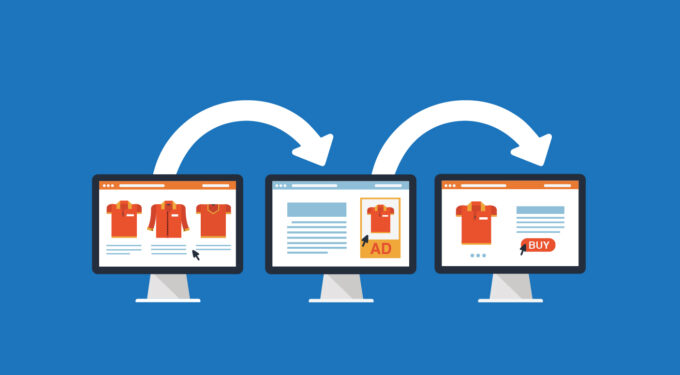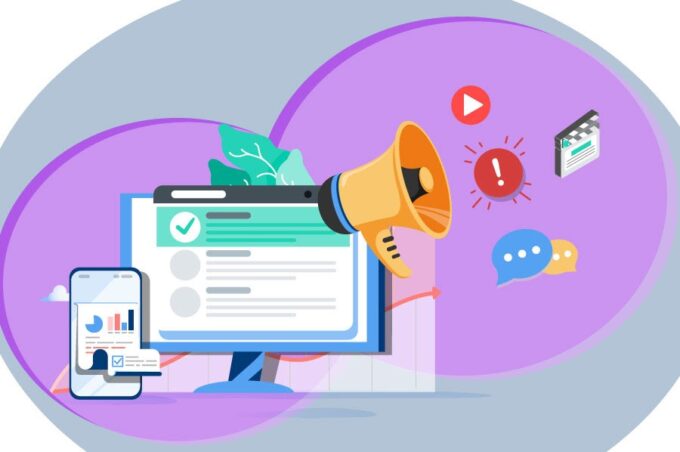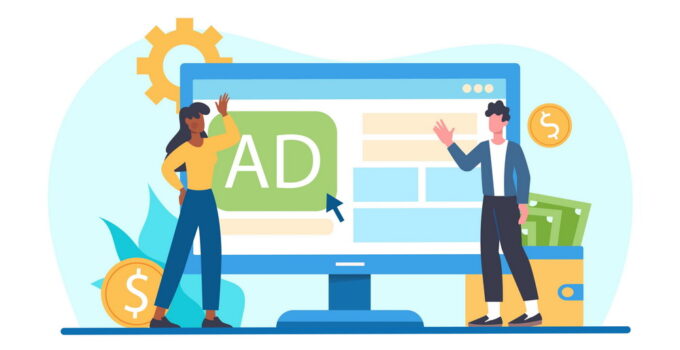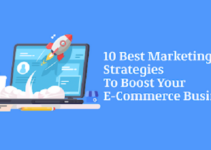One of the more attractive aspects of pay-per-click (PPC) advertising is its incredible flexibility. For example, PPC can be employed for remarketing purposes. Unfortunately, remarketing in PPC does not get enough attention. That’s too bad. It is a fantastic tool that every online advertiser should be using.
Utilizing remarketing is smart for a lot of reasons. Here is the most important one: its main benefit is driving qualified traffic. If you don’t know what that means, you might also not know why your digital advertising is generating traffic but not conversions. This post should clear all of that up for you.
Qualified Traffic Defined
It is generally assumed that all traffic going to your website is good traffic. That is not necessarily true when you consider PPC ad fraud, fake leads, accidental clicks, etc. But setting those nefarious things aside, is all the rest of the traffic your site receives good? Yes, but only to a certain degree.
You need to generate traffic to realize online sales. People cannot buy from your site if they never visit it. Still, you don’t want a lot of window shoppers and tire kickers. If half of your traffic never converts, then you could say that traffic is not good. It is just eating up bandwidth and raising your hopes beyond reasonable expectations.
What you really want is traffic from people who are likely to buy from you. Even if they are not ready to buy as soon as they hit your landing page, they are at least willing to buy if you have what they want or need. This kind of traffic is qualified traffic. A greater volume of qualified traffic should translate into more conversions.
What Remarketing Does
Remarketing is a strategy of creating ad campaigns purposely designed to target people who have already visited your website. Remarketing will not stop those first-time tire kickers and window shoppers, but it will weed out repeat offenders simply through attrition. Tire kickers who have visited your site before are not likely to visit again without a compelling reason to do so. Even if they see your ads multiple times, it will not much matter.
You can also fashion remarketing campaigns to target repeat visitors based on a whole range of criteria. This allows you to build one remarketing layer on top of another until your funnel is narrow enough to target those core customers who will buy more often than not. The more fine-tuned your remarketing strategy, the greater your conversions on a per-ad basis.
Remarketing and PC Ad Fraud

Source: relevantelephant.net
Remarketing offers the benefit of cutting down on PPC ad fraud. As you may already know, ad fraud is big business for scammers. They collectively rip off advertisers to the tune of billions of dollars annually. Anything an advertiser can do to prevent it is a good idea.
Here is the thing with remarketing: the chances of a scammer fraudulently clicking on ads for remarketing purposes is pretty slim. When you’re remarketing, you are creating Remarketing Lists for Search Adds (RLSAs). RLSAs are offered by Google as a way for you to target specific website visitors with exclusive ads. The chances of a scammer being on one of those lists isn’t particularly good – if you’re doing your homework.
An ad fraud protection service or software package can help you identify potential scammers so that they don’t end up on your lists. FraudBlocker is one such example. By monitoring ad activity, traffic, IP addresses and more, Fraud Blocker can alert you to fraudulent activity.
The Fake Leads Issue
In addition to direct fraudulent clicks, ad fraud also creates a secondary problem of generating fake leads. An advertiser might use a piece of software to monitor ad activity and build lead sheets from it. Yet any fraudulent clicks picked up by the software results in fake leads. You could chase those leads all day and not find a sale.
Ad fraud software is the solution once again. When used in conjunction with analytics, the data produced by ad fraud software can help produce fake leads to a manageable volume. They can be completely fake leads in some cases.
Marketing Best Practices

Source: dreamhost.com
Getting back to the remarketing concept, it only works as well as the practices behind it. Like everything else in SEO and digital marketing, there are best practices for optimizing remarketing efforts. Here are just a few of them:
1. Use Larger Lists
Google requires at least 1,000 list users just to make remarketing ads searchable. So if your RLSA doesn’t have at least that many users on it, you won’t derive much benefit from it. Start with 1,000. If you can expand the RLSA to 5,000+ members, you’ll be much better off.
A similar tip is to use a larger lookback window. In other words, you can have Google look back more than 30 days to find users who visited your website and stayed for a while. The larger the lookback window, the larger your eventual RLSA will be.
2. Run Concurrent Campaigns
It is a mistake to run remarketing campaigns as separate entities. They should be run concurrent with standard ad campaigns. That way, you are getting both types of results simultaneously. An added benefit is the ability to duplicate your best-performing standard campaigns and run them as remarketing campaigns.
3. Exclude RLSAs from Standard Campaigns
Remarketing is intended to target qualified traffic. No need to muddy the waters by hitting qualified users with multiple concurrent campaigns. How do you avoid that? By applying an RLSA to your non-remarketing campaign as an exclusion. In other words, you are going to exclude all the users on your list from standard campaigns so that you are only hitting them with remarketing ads.
Remarketing is a strategy every online advertiser should be utilizing. Bigger advertisers can use it more effectively with larger RLSAs and more financial resources. But even little guys can make it work to drive qualified traffic and increase sales.






